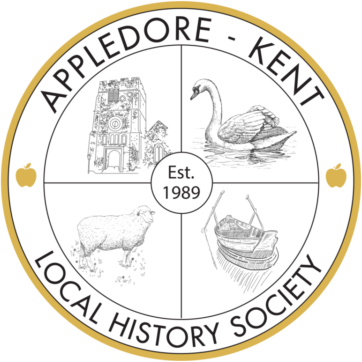Appledore – in Old Directories and Gazetteers
Foreword
The booklet available on this page for download is for reference more than reading and as a digitised document it can be searched for names, trades, professions and places. Some of the earlier directories also listed the gentry or other notable people.
The directories contain information that may not be found anywhere else, especially for the years between censuses. There are a few advertisements placed by local traders, which can be more descriptive than a census entry.
The directories give a snapshot of a place at a particular time – how many shoemakers, carpenters and publicans, etc. A picture of the community emerges, with an impression of its activity.
The directories are socially restricted. You will only find the people who had some sort of position in life, from landowner to tradesman and shopkeeper.
For the most part, the directories are lists, but they also contain information about local government and other organisational structures. Some of the gazetteers give an overview of history, geography and commercial activity.
Sadly, the entries rarely include an address for rural villages like Appledore. We can’t say that a building that survives today was once the premises of a shoemaker or a wheelwright.
These extracts come from ten directories or gazetteers. Some information will be repeated if it has been copied over from one edition of the directory to the next.
Ebony and Fairfield have been included because they often had people or families in common with Appledore. We learn that Fairfield had a shop, in 1855, run by Mrs Ann Skeer. It might not have been a big shop.
Incidentally, I can’t identify the former vicar quoted on the cover page of this booklet, or the original source of his remarks. In these directories, the quote is in Pike’s Directory of 1884-85.
Alan Tribe
